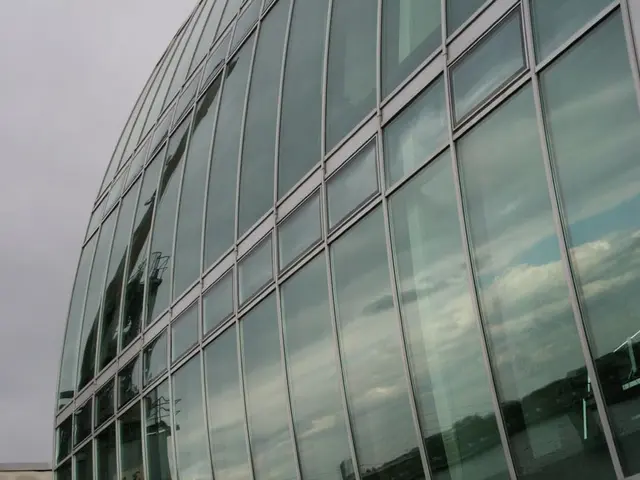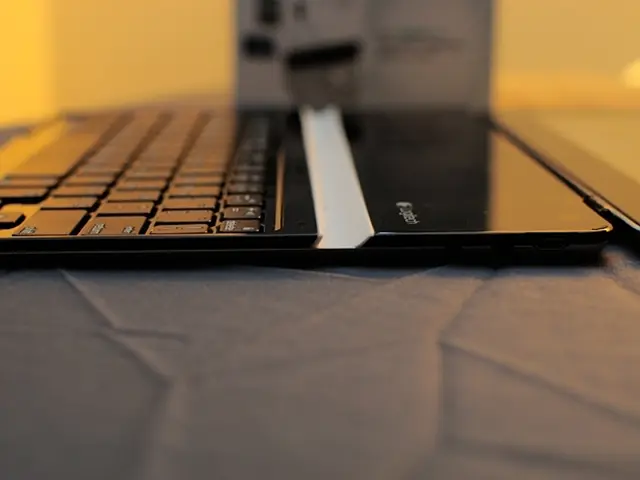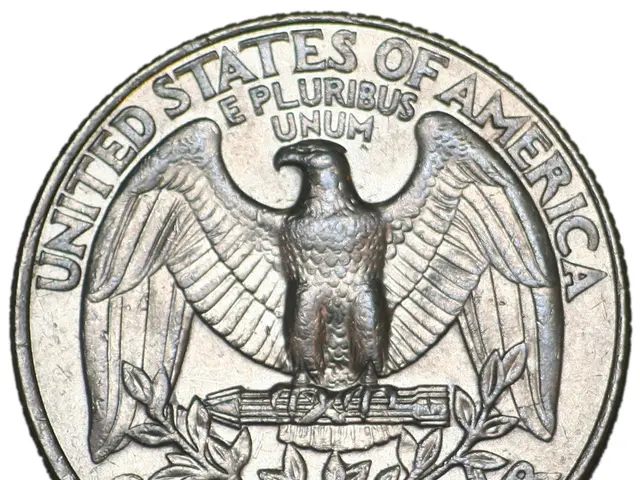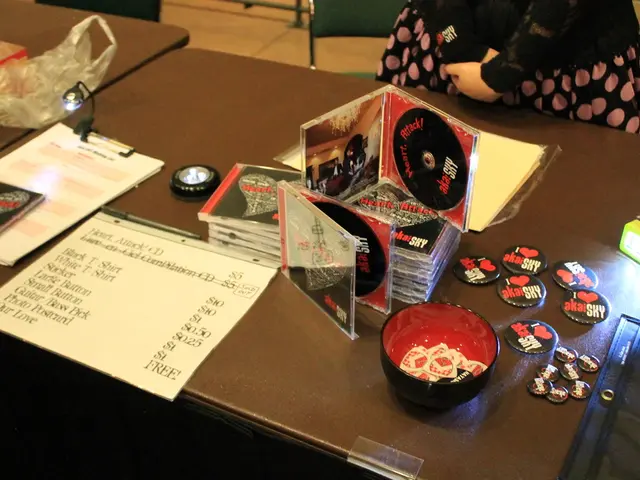The Transition from Analog to Digital: A Timeline of Audio Tape Innovation
In the 1980s, the cassette tape played a pivotal role in the rise of DIY music culture, providing an affordable and practical means for independent artists and record labels to distribute their music [1]. This revolution was rooted in the development of magnetic tape technology, which began with early inventions like Valdemar Poulsen's telegraphone in the late 19th century [5].
The foundational work of German engineers during World War II led to the creation of magnetic tape for sound recording, a medium that was more durable, easier to edit, and allowed longer recording times than previous technologies like phonograph records [5]. In the early 1960s, this technology evolved into the cassette tape, pioneered by Lou Ottens and his team [2]. Initially designed for dictation, the cassette’s compact, portable format made it ideal for music. By the 1970s and 1980s, with the introduction of portable cassette players like Sony’s Walkman, magnetic tape revolutionized music consumption by enabling people to easily carry and curate music playlists, thus popularizing mixtape culture [2].
The influence of magnetic tape on music production was profound. It introduced multitrack recording, allowing separate recording and mixing of instruments and vocals, leading to higher quality and more creative studio work [1]. Producers could edit recordings by physically cutting and splicing tape, a method that shaped music editing until digital tools emerged.
Over time, magnetic tape formats also evolved for data storage in computing, beginning with large open reel tapes in the 1950s and moving to smaller cassettes and cartridges for better convenience and capacity [1][3]. While this development was more focused on data storage than audio, it parallels the commercial and technical progress seen in music tapes.
Despite the advent of digital formats like CDs, MP3s, and streaming services, cassette tapes have experienced a nostalgic resurgence as analog music enthusiasts appreciate the tactile and unique sound qualities of tape [2]. This appreciation goes beyond the sound quality, with many consumers drawn to the artwork and physicality of the format.
The 1980s also introduced the compact disc (CD), a digital music format that challenged the dominance of cassette tapes. CDs offered superior sound quality and larger storage capacity compared to cassette tapes [1]. However, the cassette tape's popularity was hindered by its susceptibility to degradation over time and its relatively low sound quality compared to other formats [1].
The rise of CDs was swift, and by the early 1990s, they had overtaken cassette tapes in terms of sales [1]. The digital revolution in the 1990s and early 2000s led to the advent of MP3 technology, enabling music to be easily compressed into digital files [1]. Streaming services like Spotify and Apple Music emerged in the late 2000s, changing the music industry by making music consumption more convenient and instantaneous [1].
However, the cassette tape's appeal remains, even in the digital age. Its nostalgic charm, combined with the desire for a more tangible, physical music experience, has led to a resurgence in interest in recent years [1]. Despite the challenges posed by digital formats, the cassette tape continues to hold a special place in the hearts of music fans around the world, representing a nostalgic era of music listening.
In summary, the evolution of record tapes, from magnetic strips to digital waves, serves as a testament to the ever-changing nature of music technology and its impact on the music industry and culture. From its roots in the late 19th century to its resurgence in the 21st, the cassette tape has left an indelible mark on music history.
- In the 1980s, the cassette tape's promotion of mixtape culture was a trend driven by technology, with portable devices like Sony's Walkman making music gadgets more accessible and convenient for consumers.
- As technology progressed beyond the 1980s, the compact disc (CD) emerged as a significant competitor to cassette tapes, offering superior sound quality and larger storage capacity.
- Despite the rise of digital formats like CDs, MP3s, and streaming services, the resurgence of interest in cassette tapes reveals that technology's impact on music is often cyclical, with nostalgia playing a crucial role in the enduring popularity of these gadgets and the music they store.








